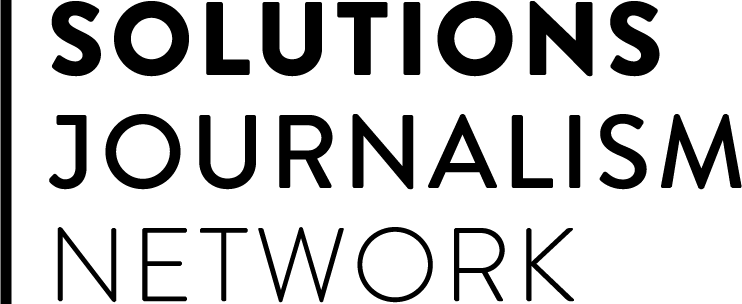Faced with a supply chain disrupted by the coronavirus, agriculture departments and farm bureaus are striving to connect farmers with food banks and potential buyers.
Author: Liz Farmer | Route Fifty
While lines at food banks stretch for blocks and shelves at grocery stores sit bare, farmers are plowing over fresh vegetables and tossing out milk because they can’t easily redirect their products to desperate consumers.
The situation could be economically devastating for small farms whose primary market is local restaurants and institutions like schools. Many are facing a more than 50% drop in business this year due to dried-up demand.
“It’s really frustrating to go to the grocery store and see them setting limits on volumes of milk you can buy and knowing that farms are out there dumping it out,” says Veronica Nigh, an economist for the Maryland Farm Bureau. But, she adds, half of all food in the U.S. is consumed outside the home. When that outlet is almost entirely shut down, it’s not easy to pivot.
“The food supply is safe,” says Nigh, “but there are certain logistical roles between the supply and consumer that are difficult to overcome over in such a short period of time.”

“This story is part of the SoJo Exchange of COVID-19 stories from the Solutions Journalism Network, a nonprofit organization dedicated to rigorous reporting about responses to social problems.”



